| Years in Sweden: | 1633 1634 1635 1636 1637 1638 1639 |
| Centuries: | 16th century · 17th century · 18th century |
| Decades: | 1600s 1610s 1620s 1630s 1640s 1650s 1660s |
| Years: | 1633 1634 1635 1636 1637 1638 1639 |

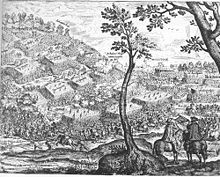
Events from the year 1636 in Sweden
| Years in Sweden: | 1633 1634 1635 1636 1637 1638 1639 |
| Centuries: | 16th century · 17th century · 18th century |
| Decades: | 1600s 1610s 1620s 1630s 1640s 1650s 1660s |
| Years: | 1633 1634 1635 1636 1637 1638 1639 |


Events from the year 1636 in Sweden
| | This section needs expansion. You can help by adding to it. (July 2015) |
| | This section needs expansion. You can help by adding to it. (July 2015) |
| | This section needs expansion. You can help by adding to it. (July 2015) |

George William, of the Hohenzollern dynasty, was Margrave and Elector of Brandenburg and Duke of Prussia from 1619 until his death. His reign was marked by ineffective governance during the Thirty Years' War. He was the father of Frederick William, the "Great Elector".

John Sigismund was a Prince-elector of the Margraviate of Brandenburg from the House of Hohenzollern. He became the Duke of Prussia through his marriage to Duchess Anna, the eldest daughter of Duke Albert Frederick of Prussia who died without sons. Their marriage resulted in the potential creation of Brandenburg-Prussia, which became a reality after Poland's leader appointed John Sigismund in charge of Prussia in regency and, shortly thereafter, Albert Frederick died without an able, direct male heir.

Maria Eleonora of Brandenburg was Queen of Sweden from 1620 to 1632 as the wife of King Gustav II Adolph. She was born a German princess as the daughter of John Sigismund, Elector of Brandenburg, and Anna, Duchess of Prussia, daughter of Albert Frederick, Duke of Prussia.

Charles X Gustav, also Carl X Gustav, was King of Sweden from 1654 until his death. He was the son of John Casimir, Count Palatine of Zweibrücken-Kleeburg and Catherine of Sweden. After his father's death he also succeeded him as Pfalzgraf. He was married to Hedwig Eleonora of Holstein-Gottorp, who bore his son and successor, Charles XI. Charles X Gustav was the second Wittelsbach king of Sweden after the childless king Christopher of Bavaria (1441–1448) and he was the first king of the Swedish Caroline era, which had its peak during the end of the reign of his son, Charles XI. He led Sweden during the Second Northern War, enlarging the Swedish Empire. By his predecessor Christina, he was considered de facto Duke of Eyland (Öland), before ascending to the Swedish throne. From 1655 to 1657, he was also Grand Duke of Lithuania.
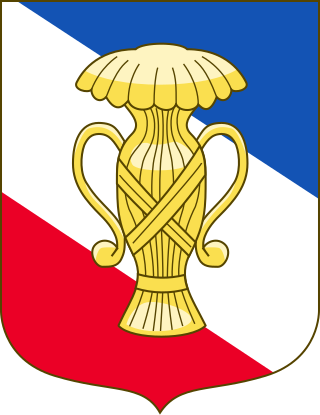
The House of Vasa or Wasa was an early modern royal house founded in 1523 in Sweden. Its members ruled the Kingdom of Sweden from 1523 to 1654 and the Polish–Lithuanian Commonwealth from 1587 to 1668; its agnatic line became extinct with the death of King John II Casimir of Poland in 1672.

Prince Charles Philip of Sweden, Duke of Södermanland, (Swedish: Carl Filip; Reval 22 April 1601 – Narva, 25 January 1622) was a Swedish prince, Duke of Södermanland, Närke and Värmland. Charles Philip was the second surviving son of King Charles IX of Sweden and his second spouse, Duchess Christina of Holstein-Gottorp.
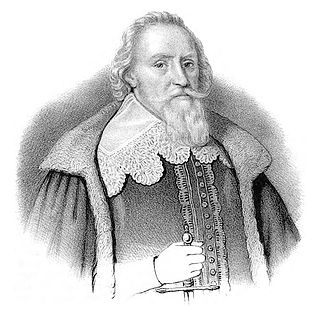
Johan Skytte was a Swedish statesman, and the founder of the Academia Gustaviana, in 1632.

Gripsholm Castle is a castle in Mariefred, Södermanland, Sweden. It is located by lake Mälaren in south central Sweden, in the municipality of Strängnäs, about 60 km west of Stockholm. Since Gustav I Vasa, Gripsholm has belonged to the Swedish royal family and was used as one of their residences until the 18th century. It is now a museum, but is still considered to be a palace at the disposal of the King and as such it is part of the Crown palaces in Sweden.

Catherine of Sweden was a Swedish princess and a Countess Palatine of Zweibrücken as the consort of her second cousin John Casimir of Palatinate-Zweibrücken. She is known as the periodical foster-mother of Queen Christina of Sweden and the mother of Charles X of Sweden.
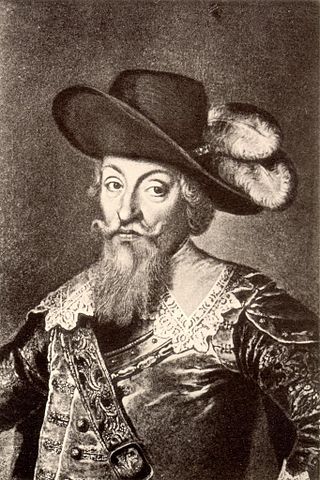
Johann or Hans Georg von Arnim-Boitzenburg was a German Field Marshal. At different times during the Thirty Years' War, he was a Field Marshal for the Holy Roman Empire and its opponent the Electorate of Saxony. He also pursued various diplomatic tasks.

Duchess Anna of Prussia and Jülich-Cleves-Berg was Electress consort of Brandenburg and Duchess consort of Prussia by marriage to John Sigismund, Elector of Brandenburg. She was the daughter of Albert Frederick, Duke of Prussia, and Marie Eleonore of Cleves.

Eleonora Catherine of the Palatinate-Zweibrücken, was a cousin and foster sister of Queen Christina of Sweden and sister of King Charles X of Sweden. After her brother's accession to the throne (1654), she and her siblings were all considered royal princesses and princes of Sweden. As the wife of Frederick, Landgrave of Hesse-Eschwege (1617–1655), she was by marriage Landgravine of Hesse-Eschwege, and after her husband's death acted as regent and administrator of his lands (1655–1692).

The Battle of Frankfurt an der Oder on 13 April 1631 took place during the Thirty Years' War. It was fought between the Swedish Empire and the Holy Roman Empire for the strategically important, fortified Oder crossing Frankfurt an der Oder, Brandenburg, Germany.

Catherine of Brandenburg was an elected Princess of Transylvania between 1629 and 1630. She was the daughter of John Sigismund, Elector of Brandenburg, and Anna of Prussia.

Count John of Nassau-Idstein was Count of Nassau and Protestant Regent of Idstein.
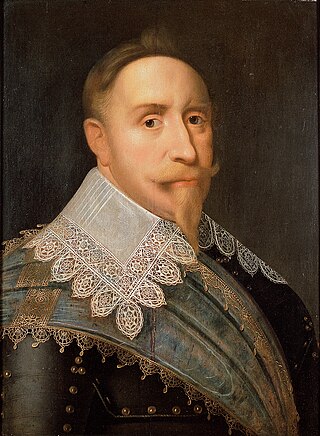
Gustavus Adolphus, also known in English as Gustav II Adolf or Gustav II Adolph, was King of Sweden from 1611 to 1632, and is credited with the rise of Sweden as a great European power. During his reign, Sweden became one of the primary military forces in Europe during the Thirty Years' War, helping to determine the political and religious balance of power in Europe. He was formally and posthumously given the name Gustavus Adolphus the Great by the Riksdag of the Estates in 1634.

Elsa Elisabeth Brahe, was a Swedish countess and duchess, married to Adolph John I, Count Palatine of Kleeburg, Duke of Stegeborg, the brother of king Charles X of Sweden.

Events from the year 1631 in Sweden

Events from the year 1655 in Sweden
Regina Basilier, was a Swedish merchant and moneylender. She is known as a banker of king Gustavus Adolphus of Sweden.